|
Los Alamos and Rio Arriba Counties, December 23, 2024 – United Way Northern New Mexico (UWNNM) is pleased to announce that 24 nonprofit organizations in Rio Arriba and Los Alamos Counties will receive $462,000 for 2025 from donations to the Community Action Fund and with additional funding made possible through the Anchorum Community Health Fund at the Santa Fe Community Foundation. These awards are given to eligible 501(c)3 nonprofits serving residents in Los Alamos and/or Rio Arriba counties to support programming, general operations, and direct services. UWNNM received 47 applications requesting over $1,065,388. These applications are indicative of the level of need in our community. “Our Grants committee spent many long hours scoring every application and conducting interviews, and it is unfortunate that we were not able to fund every organization who submitted an application” stated Executive Director, Cindy Padilla. She added “our fundraising efforts are year round, and we are truly grateful to our many donors who make these grants possible. We hope that next year we can increase our donations and hopefully provide additional funding”. 2025 United Way Northern New Mexico Funded Partners How to give to support these Community Action Fund grants visit unitedwaynnm.org/donate
For more information visit unitedwaynnm.org/grants, or contact: Contact: Jeremy Varela Marketing & Grants Manager United Way Northern New Mexico [email protected] About United Way of Northern New Mexico United Way of Northern New Mexico rallies individuals and organizations. Together, we turn obstacles into opportunities creating a future where collective action transforms the Los Alamos and Rio Arriba communities. The mission of United Way NNM is to uplift local nonprofits through strategic Community Action funding that targets the most pressing needs and this year our identified impact areas included: ● Education/Youth Mentorship: Empowering young people to reach their full potential. ● Behavioral Health/Parental Supports: Enhancing community health and well-being. ● Food/Housing: Ensuring stability and access to essential needs. ● Senior Transportation: Improving transportation options for seniors to access vital healthcare services
0 Comments
A Solstice Poem for You By Zach Hively Images Courtesy of Zach Hively I saw a meme recently that suggested, more or less, wishing folks a gentle holiday instead of a happy holiday. The idea being, the holidays aren’t happy for everyone, but we can wish each other ease no matter what or how we’re celebrating (or not). Maybe this is why I like the winter solstice so much. No matter who we are or what’s going on, the light is lengthening once again. So, for this winter solstice season, here’s a poem for you. How Clever, How Clear the Stars
Today, of all days, let your day exist unmeasured —not by hours, not by accomplishments. Not even by how much daylight you claim. Me? I think I'll weigh today the same way my dog weighs sticks for throwing —ice groans across the little creek, turns the other puppy's head on its side. I think I'll weigh today by how the coffee mug warms my paws, by how clever —how clear the stars will wink, if the clouds stay home. I think, for this one day, I can do away with counting steps. The life cycle of our own star will end the number —of solstices, uncounted, but not the measure of all the things that matter, still matter. By Austin Fisher Source NM New Mexico health officials urged residents of the state Monday to get vaccinated for the flu, COVID-19 and RSV as people gather for winter holiday celebrations that can also spread infections.
“Getting vaccinated against these winter viruses is about protecting yourself and safeguarding those around you,” said Department of Health Chief Medical Officer Dr. Miranda Durham said in a news release. “Very high” amounts of COVID-19 were found in samples from New Mexico sewers, according to data from the Centers for Disease Control and Prevention. Members of the public are left to rely on sewer data to understand how much COVID-19 is spreading in their communities because public health officials no longer provide individual testing like they did earlier in the pandemic. New Mexico started testing sewage for COVID-19 in April 2022, and stopped providing easily available, community-wide, free diagnostic testing for COVID-19 at the end of that year, to the dismay of local advocates. As of Dec. 9, only 12.4% of New Mexicans had received the COVID-19 vaccine updated to fight against the latest variants, according to state health department data. Vaccination rates were even lower among Black and Hispanic New Mexicans, and among people aged 39 and younger. State health officials are directing people toward an online database of providers offering vaccines and vaccination events, and to a list of public health offices for people, including children, who do not have insurance to get a free vaccine. Since last fall, COVID has hospitalized six times more people in New Mexico than RSV, or respiratory syncytial virus, and flu combined. Between September 2023 and Dec. 7, the latest health department data available, COVID has sent 436 New Mexicans to the hospital, while influenza has hospitalized 69 and RSV has hospitalized three. “We cannot talk about COVID in the past tense,” World Health Organization Director-General Tedros Adhanom Ghebreyesus said last week. “It’s still with us, it still causes acute disease and Long COVID, and it still kills.” High-speed internet to expand in rural areas impacting students in seven NM school districts12/18/2024 By Leah Romero Source NM Nearly 40,000 households in seven rural New Mexico school districts will receive high-speed home internet in coming months, following state grants from the Office of Broadband Access and Expansion’s Student Connect program.
The OBAE’s Student Connect program falls under the office’s Connect New Mexico Fund, which was established in 2021 by the legislature. It designated $70 million in state funds to expand broadband in unserved and underserved areas. Working to connect rural students and educational institutions was one of the intentions behind the creation of the fund. Mike Curtis, spokesperson for the OBAE, said about $56 million has been awarded through the Connect New Mexico Fund so far, but this recent award came from the subprogram created specifically to help students. Through the award of $13.5 million two internet service providers and Ohkay Owingeh Pueblo will expand high-speed internet connection to 38,482 households, according to an OBAE news release. This will ensure students and teachers continue to have access to high speed internet outside of the school setting. The money will go toward building towers, installing fixed wireless service and providing receivers to homes. Projects are expected to be completed by June 30, 2025. According to the news release, students and school staff benefiting from the home access will also receive three years of free internet access. Awardees include Resound Networks, based out of Pampa, Texas; Oso Internet Solutions from Ramah, New Mexico; and Ohkay Owingeh Pueblo in Rio Arriba County. Connection will be extended to remote areas of Doña Ana, Catron, Cibola, Rio Arriba and Valencia counties, impacting students and teachers in seven school districts:
U.S. Army Corps of Engineers News:
ABIQUIU – U.S. Army Corps of Engineers staff at Abiquiu Lake will host their annual midwinter eagle survey, 9 a.m. to noon Saturday, Jan. 11, 2025. No pre-registration is required, and all are welcome to participate. The event is free and open to the public. Volunteers are asked to meet at the Abiquiu Lake Visitor Center for registration beginning at 9 a.m. Hot coffee and snacks will be provided during registration. A presentation about eagles and other potential bird sightings will begin at 9:30 a.m. The count will start at 10 a.m. and run until noon. “We already have confirmed sightings of bald eagles at the lake,” said Kara Rapp, natural resource specialist at Abiquiu Lake. “We are hoping to even see more eagles at this year’s event.” All volunteers are asked to dress warmly and consider current weather conditions. Spotting scopes, binoculars, and/or long-range cameras are also recommended to aid in spotting eagles. The purpose of the eagle count survey is to gather individuals to help count eagles along standard, non-overlapping survey routes as part of a nationwide midwinter bald eagle survey. It is also a great opportunity to encourage shared environmental stewardship efforts with the public to promote wildlife conservation. National Wildlife Federation officials have asked participants in each state to count eagles along standard routes to provide data on count trends. The basic objectives of the survey are to index the total wintering bald eagle populations in the lower 48 states, determine eagle distribution during a standardized survey period, and identify previously unrecognized areas of important winter habitat. The annual midwinter survey represents a unique source of long-term, baseline data. Unlike nesting surveys, this provides information on both breeding and non-breeding segments of the population at a potentially limiting time of the year. The count has become a national tradition since 1984 and is an annual event at Abiquiu Lake. In addition to providing information on eagle trends, distribution, and habitat, the count has helped to create public interest in bald eagles and their conservation. To join the event, come to the Abiquiu Lake Visitor Center at 9 a.m. Jan. 11, 2025, at 4731 Hwy 96 in Abiquiu, just 2 miles west of the Hwy 84 junction. by Karima Alavi
You may recall Jessica Rath’s June 7 article in the Abiquiu News about new plans being implemented by the Board of Trustees at Abiquiu’s Dar al Islam facility. The newly appointed director, Rafaat Ludin, spoke of Dar al Islam’s commitment to connecting with surrounding communities. One component of that plan was set into action recently when Dar al Islam sponsored the Abiquiu Studio Tour and hosted artists for the first time. Ten artists registered to show their work during that glorious October weekend. The event was organized in large part by ceramicist Samia van Hattum who sold her stoneware and earrings, along with beaded and feather jewelry offered by Sasha Barrionuevo. Samia received accolades from participating artists not only for keeping things organized, but also for her generous hosting skills that made participants feel welcomed and taken care of. To quote Emmy Cheney, who sold micaceous pottery, everything was “beautifully done thanks to Samia.” Almost every artist who showed work at Dar al Islam had visited the site before, even if just once. In fact, painter Isaac Alarid Pease remembered his last visit to the site as part of an Abiquiu Elementary School field trip. “I had memories of a beautiful white building with corners you could whisper into and have conversations with your friends across the arch.” Photographer Gary Pikarsky, a 7-year veteran of the studio tour, said his sales this year were among some of the most successful he’s seen. He’s already making plans to show at Dar al Islam next year, calling it the best venue he has ever displayed at for the tour. Over six hundred visitors listened as their tires crunched up a gravel road through the typical scenic beauty of Abiquiu before arriving at the mosque and campus. Typical that is, until they turned one corner and got a panoramic view of Plaza Blanca, rock formations made famous by another Abiquiu artist, Georgia O’Keeffe, and situated on Dar al Islam property. Once inside, first-time visitors encountered the magic of sacred architecture with its domes, detailed woodwork, and a series of arches that leads one down the main hall. Add to that the fragrance of Middle Eastern dishes like kabob and spiced rice that drifted through the building like a culinary musk, cooked on-site by Rehana Archuletta, owner of Kohinoor, the Santa Fe catering business that offered visitors a mix of Mexican lunch items along with Middle East specialties that day. Rehana grew up at Dar al Islam, living with her family in one of the small homes on the property. As the only chef on-site during the studio tour, she managed to cook 175 meals that were served by her daughter and Server Extraordinaire, Hadiyyah. By the end of the weekend a band of tired, but satisfied artists followed the caravan of visitors back down the hill, backlit by a sunset of yellow, orange, and purple. Another photo op for Gary. SFNF
This permit allows you to cut a Christmas Tree within designated areas of the Santa Fe National Forest! Lifelong memories are built during these special times and we are happy to help with any information gathering you'll need to make this trip a safe and enjoyable one. Please be sure to read and agree to all the tips and guidelines when selecting your tree. The Santa Fe National Forest permit is valid for trees 5-inches in diameter and up to 10-feet-in-height. Trees taller than 10-feet require an additional permit - which can you purchase in the same transaction. For example, if you want 15-foot tree, you need to purchase two (2) Santa Fe National Forest (5-inches in diameter and up to 10-feet-in-height) permits. Trees larger than 5-inches in diameter and taller than 10-feet-in-height without two permits may be confiscated and the permit holder may be cited. The limit per household is 3 trees. Cutting dates are Friday, Nov 15, 2024 - Tuesday, Dec 31, 2024 For more information and purchasing online click Miscellaneous holiday fun. By Zach Hively In these times, when controversy is sure to claim our clicks and likes, I choose to be no different than everyone else. So here’s my hot take to stir things up: Canned cranberry sauce is the best cranberry sauce. I swear that the gelatinous ridges on a pristine serving make it taste better. It’s a lot like how a wine connoisseur will declare that a pre-war oaken cask produces superior, I don’t know … mouth splinters? When you’re an expert taster, your opinion matters, even when it is based in something other than reality. My cranberry sauce preferences have proven to be a powerful method for determining who to celebrate the season with. In fact, my girlfriend and I share a pro-can stance, which has goaded us into chancing our holiday dinners together. We better our odds of survival by not inviting anyone else to join in. So what if we are a proper pair of Ebenezers, only with a lot less money? We like the idea of sharing one single holiday all to ourselves and our own infallible food preferences. That holiday is sometimes Arbor Day. But we’ll take it, because we align on most every Timeless Holiday Controversy there is. Pumpkin pie over pecan pie. Butter over margarine. Star Wars over Star Trek (though why not both). I’m staunchly pro-Christmas, while she prefers no chile at all. (It’s a harmonious discord, because I eat her sides of both red and green.) We even agree that—brace yourselves—turkey is not the best holiday-dinner bird. For starters, it feeds far more people than we want to invite. But mainly, we tend to forget to thaw it the recommended 3-6 weeks before overcooking it. This year, however, we decided to do things differently. Little did I know just how differently. You see, the other day, my girlfriend sent me a photo from the grocery store. The text showed a shelf tag with special member pricing on MISCELLANEOUS POULTRY. “Baby,” she wrote me. “Two, three, or four?” Now I am not one to balk at a bit of creative reinterpretation of our most cherished national traditions. Last year, for instance, my Turkey Day dinner was mashed potatoes and duck, made by my generous Belgian friends trying to approximate American staples. I ate it out of a Tupperware, in the back seat of their car, next to their very polite and very intent retriever. And I loved it.
Miscellaneous poultry, though? It sounds so vague, so loosey-goosey. It’s not a particularly salivatory phrase. And it could quite literally mean any kind of edible bird. A French hen? A calling bird? A turducken? A street pigeon? No matter which, it is an adventure I cannot deny myself. Upon reflection, I have dined on relatively few poultries in my life. Hardly what anyone could call a miscellany. I’m missing out on a great many of the culinary wonders this world has to offer. So long as the girlfriend picks a miscellaneous poultry that is not an endangered species, or one of those pets trained to parrot bad words, I am game to try it. Our random bird, whatever it may be, has already deepened our bond. This gets me thinking more globally. Adapting our holiday rituals and cultures to include one another might just bring us all closer together. So let’s be less controversial, for a change. May we all experience something new this season. May we all be willing to try something different, something miscellaneous, as a way of spreading love and cheer. Unless, of course, that something is fresh cranberry sauce. In high desert rural communities fire departments worry about water. So, let’s talk about water. How much water do you need to put out a house fire? The long answer begins with “It depends” followed by a stream of qualifications, specifications, and calculations. The short answer is “A lot.” A fully engulfed structure fire might require 30,000 gallons of water to extinguish. And where does that water come from. In places such as Albuquerque or Roswell, where there are fire hydrants every 500 feet or so along the streets, the water is effectively already on the scene when firefighters arrive. In places such as Abiquiu, which lack community water systems and street hydrants, every drop of water used at a fire must be transported to that fire. And it has to get there right away. This is not a small problem.
The Abiquiu Volunteer Fire Department is now better prepared to address that problem. This past autumn it took delivery of a new “tender,” a fire apparatus designed specifically to move water to fire scenes. Built by E-One, a major manufacturer of fire vehicles, the new truck can carry 2,000 gallons of water and quickly dispense that water with its 750 gallons per minute pump. With the new tender joining its fleet of trucks, Abiquiu Fire now has 7000 gallons of water “on wheels” and the capacity to sustain a water supply by means of a “water shuttle” of trucks moving between the fire scene and the underground water storage tanks at the Abiquiu and Medanales stations. In addition to significantly improving the department’s ability to fight fires, the increased water capacity may also improve Abiquiu’s Insurance Services Office (ISO) rating which may reduce homeowners’ premiums for fire insurance. Fire trucks are alarmingly expensive, often costing more than many homes. This new tender checked out at $430,000, a price that was covered by a $300,000 grant from the state fire marshal and $130,000 saved by the department over several years from its operating budget. It’s money well spent. The Creative Coding Workshop will take place over nine Saturday sessions, beginning January 11, 2025, through May 3, 2025, at the UNM Taos Klauer Campus/UNM Taos HIVE.The program is free for 10–12 high school students and will be led by industry experts, including:
The curriculum will guide students through foundational programming concepts, such as variables, loops, and functions, while encouraging them to apply these skills to create interactive artwork, animations, and generative designs. Upon completion, students will receive Google Code Next T-shirts, and Google certificates, and gain eligibility for ongoing STEMarts Lab internships and participation in the STEMarts Creative Team contributing to its mixed-reality sci-art art installations. This is the first year of the Creative Coding Workshop, with plans to introduce advanced-level workshops in the coming years for students interested in furthering their skills. Google Code Next’s MissionGoogle Code Next is committed to closing the learning gap in computer science (CS) education by providing free, culturally relevant and engaging computer science programming for Black, Latinx, and Indigenous high school students. The program’s goal is to cultivate the next generation of tech leaders, equip them with the skills for rewarding careers in technology, and empower them for the future of learning and work. Code Next achieves this mission by:
Empowering Students Through Art and TechnologySTEMarts Lab has a long history of integrating art, science, and technology into transformative educational experiences. This partnership with Google Code Next marks an exciting new chapter in STEMarts Lab’s mission to empower the next generation with the tools they need to thrive in a rapidly changing world. "The Creative Coding Workshop is more than just teaching students to code," said Chavez. "It’s about empowering them to explore the intersection of art, society, and technology, unlock their creative potential, and envision themselves as future innovators and changemakers in the 21st-century workforce." "Students who excel in the program will have opportunities to advance their skills and join the STEMarts Creative Team in a paid role, where they can contribute to cutting-edge mixed reality art installations and inspire other students to explore creative coding." How to Apply Registration for the Creative Coding Workshop is now open. High school students interested in participating can register online at https://tinyurl.com/googlecreativecoding. For questions please contact STEMarts Lab at [email protected].. Applications are due by December 19, 2024 to be eligible. First come First Serve. About STEMarts LabSTEMarts Lab is a STEAM youth leadership program that prepares young people to change the world for the better through professional opportunities, cutting-edge projects, and immersive art experiences. Operating as a production studio, STEMarts Lab engages participants in creating collaborative sci-art installations that address real-world challenges while equipping future youth leaders with essential workforce skills. Through partnerships with global STEAM mentors, access to advanced technologies, and participation in immersive projects, the organization fosters creativity, critical thinking, and collaboration. STEMarts Lab empowers youth to envision and actively contribute to a more equitable and sustainable future as informed planetary citizens and change-makers. For more information about the Creative Coding Workshop or STEMarts Lab, visit www.stemarts.com |
Submit your ideas for local feature articles
Profiles Gardening Recipes Observations Birding Essays Hiking AuthorsYou! Archives
September 2025
Categories
All
|

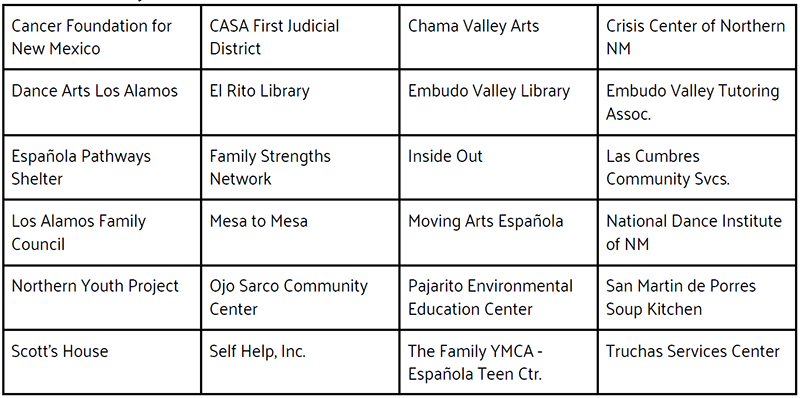
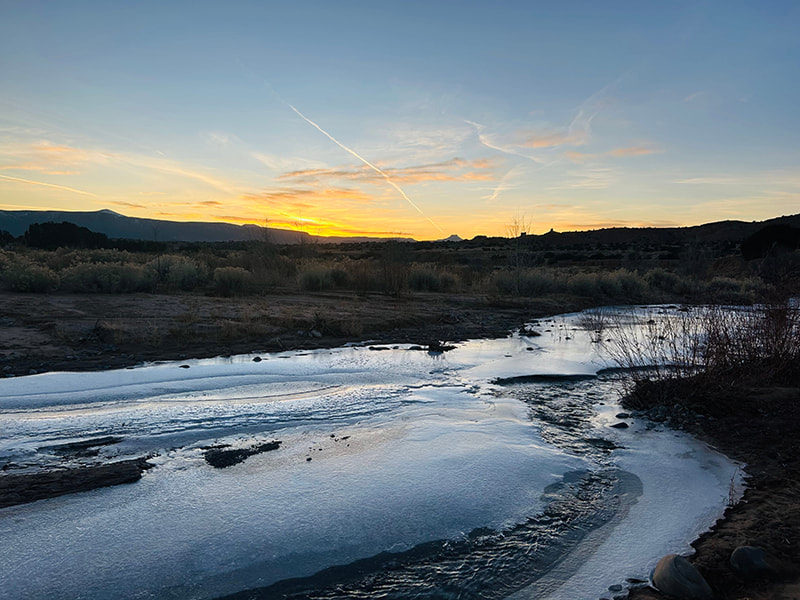
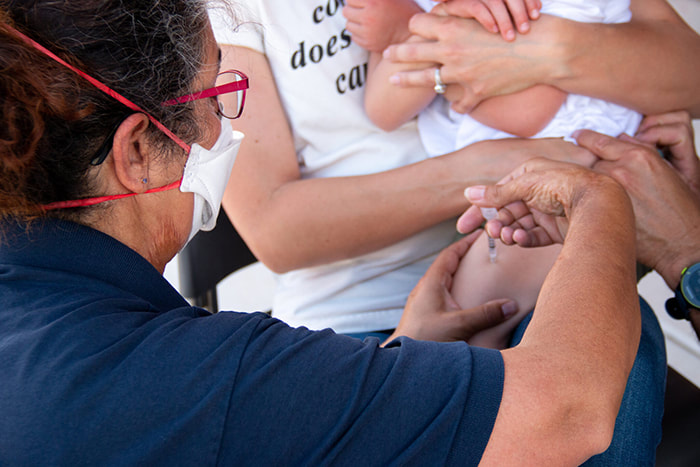

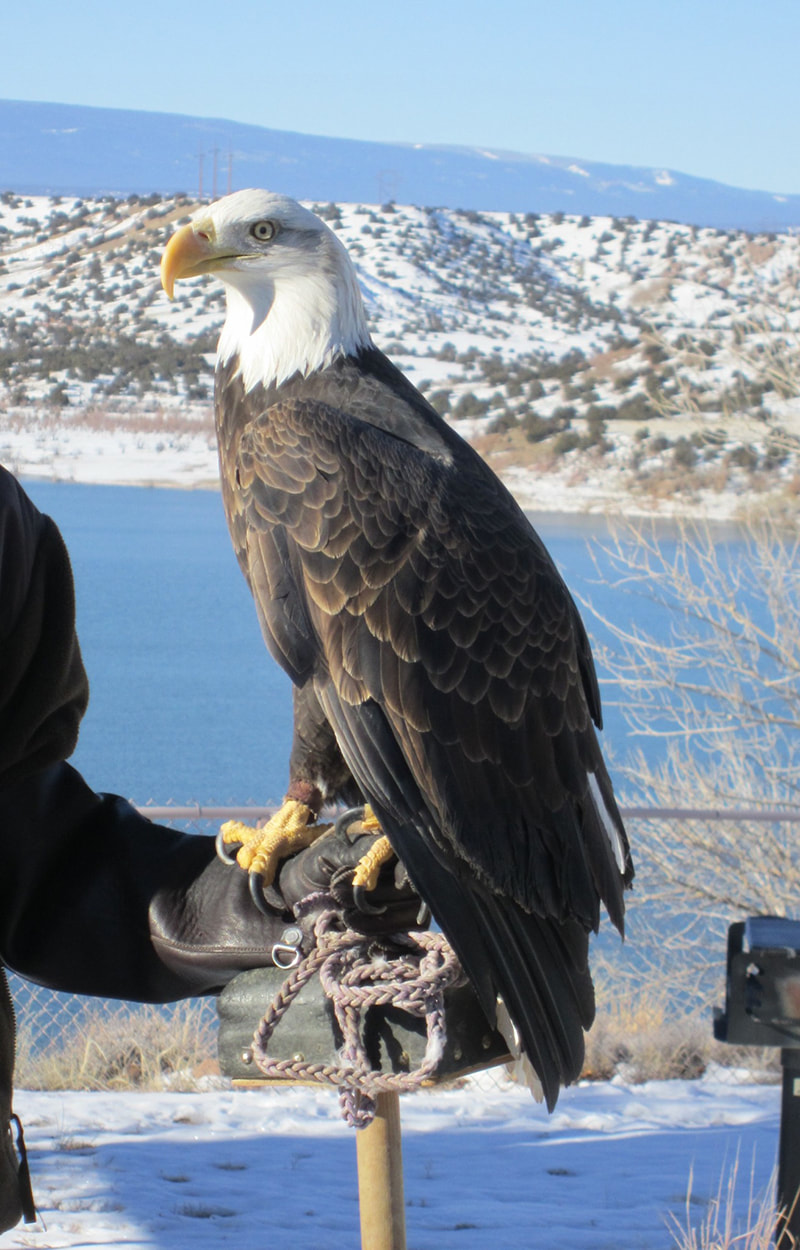
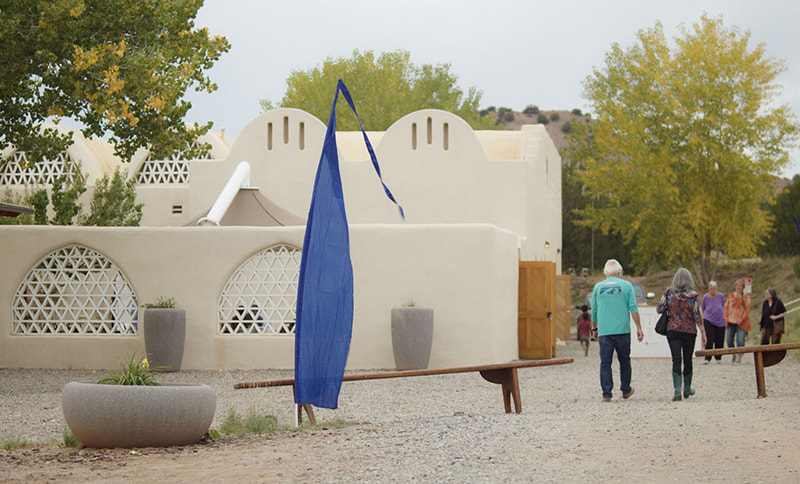
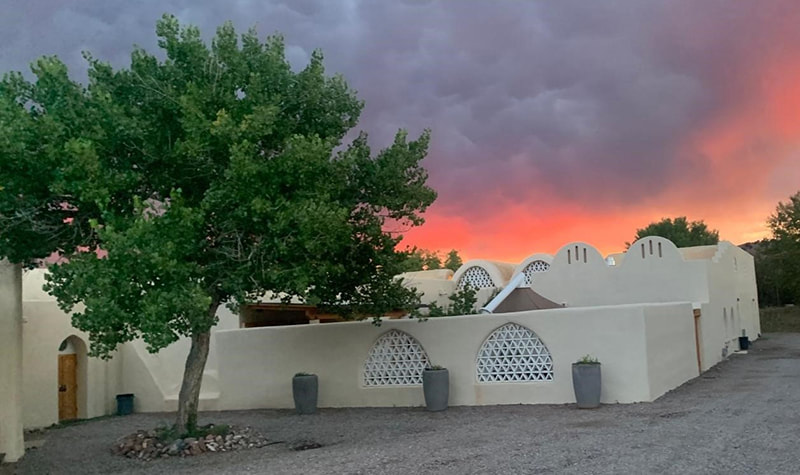

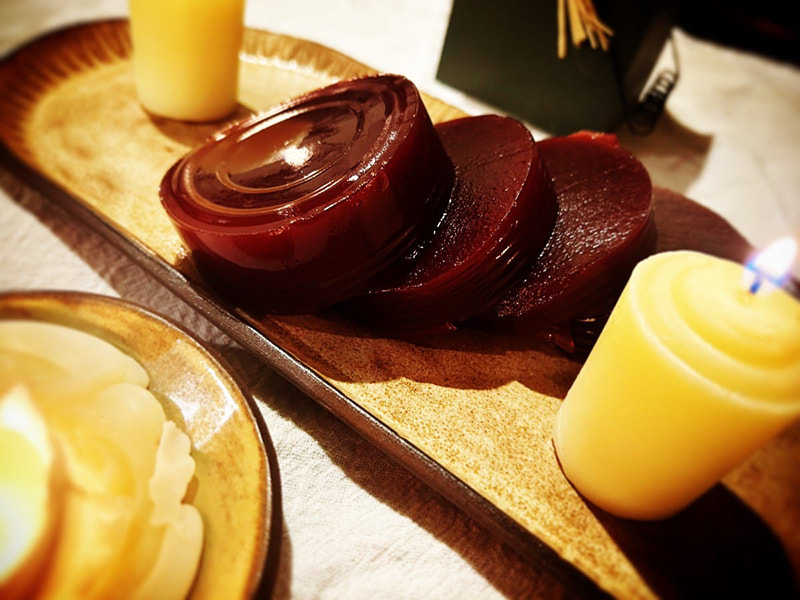



 RSS Feed
RSS Feed